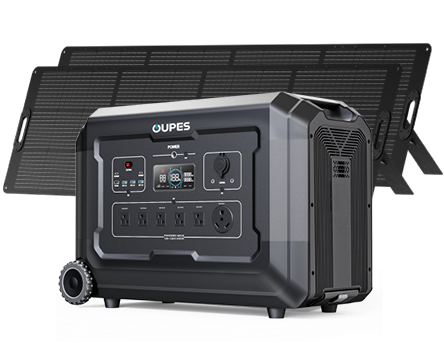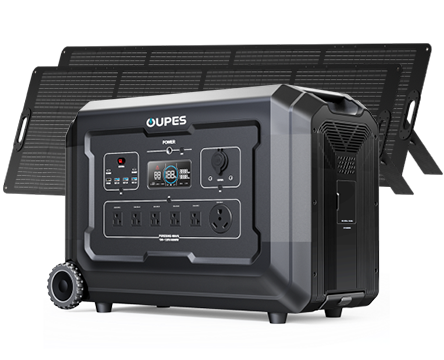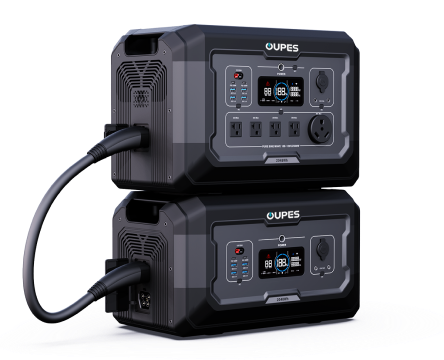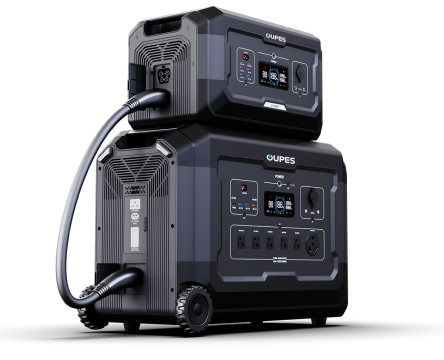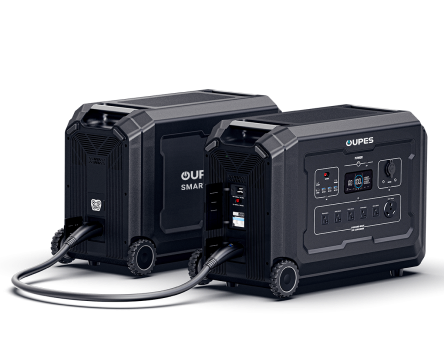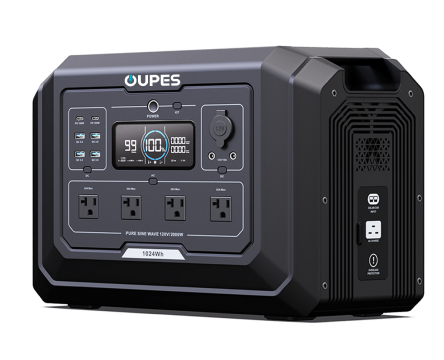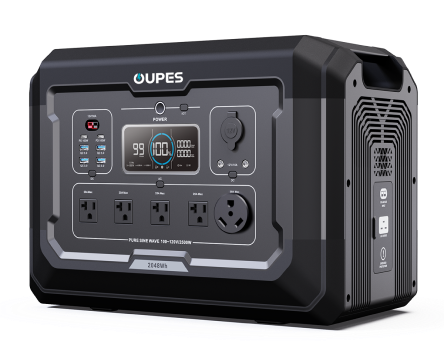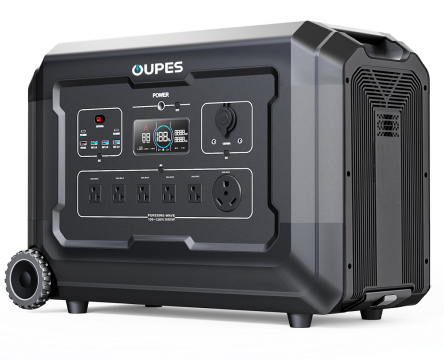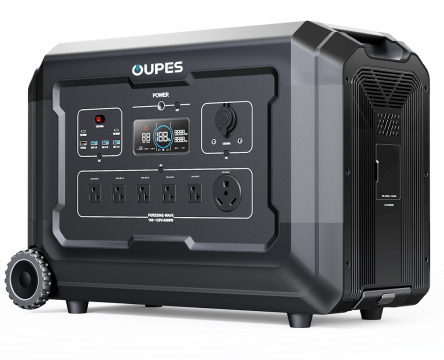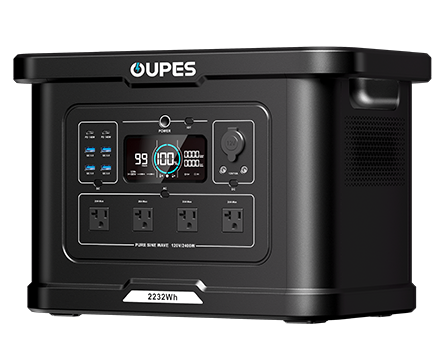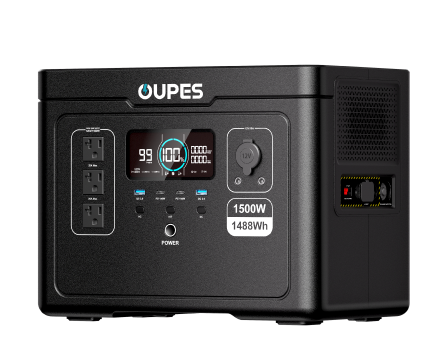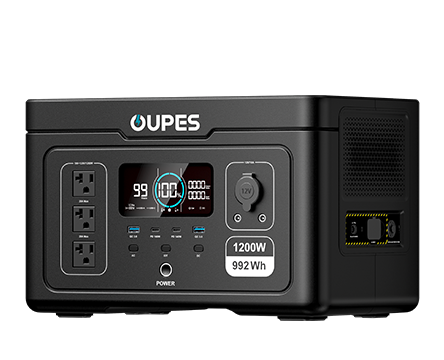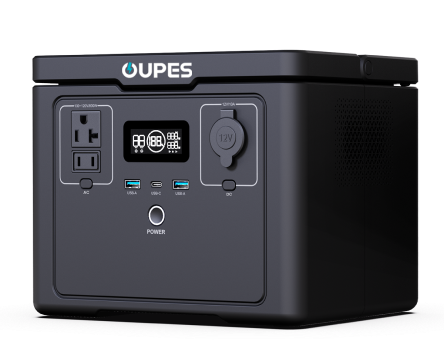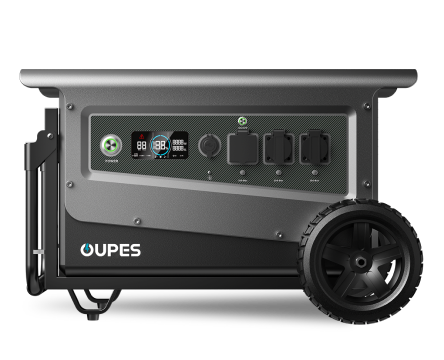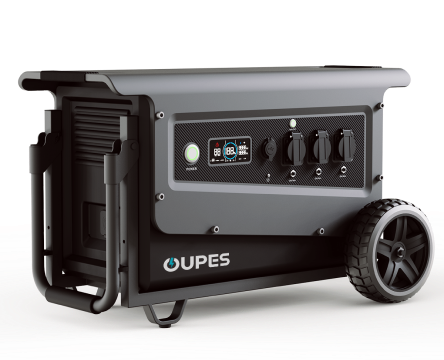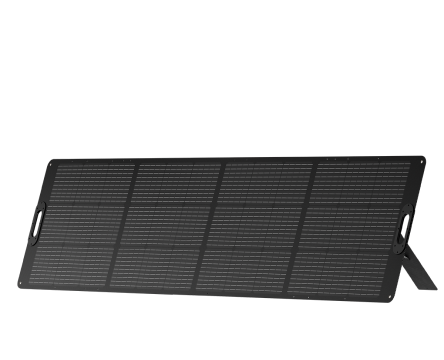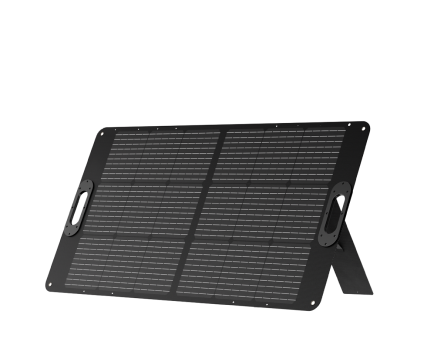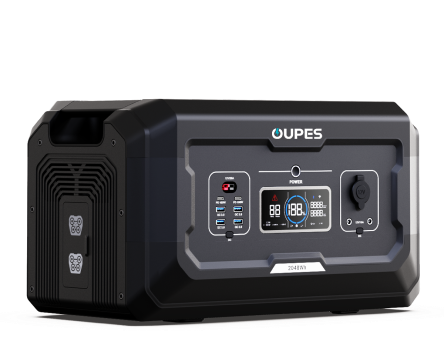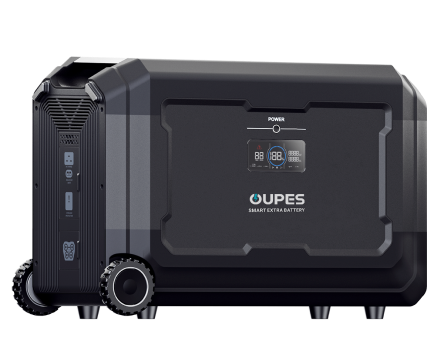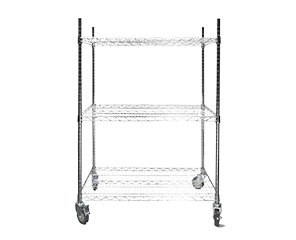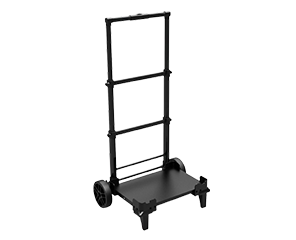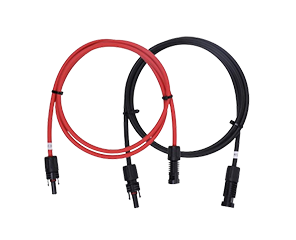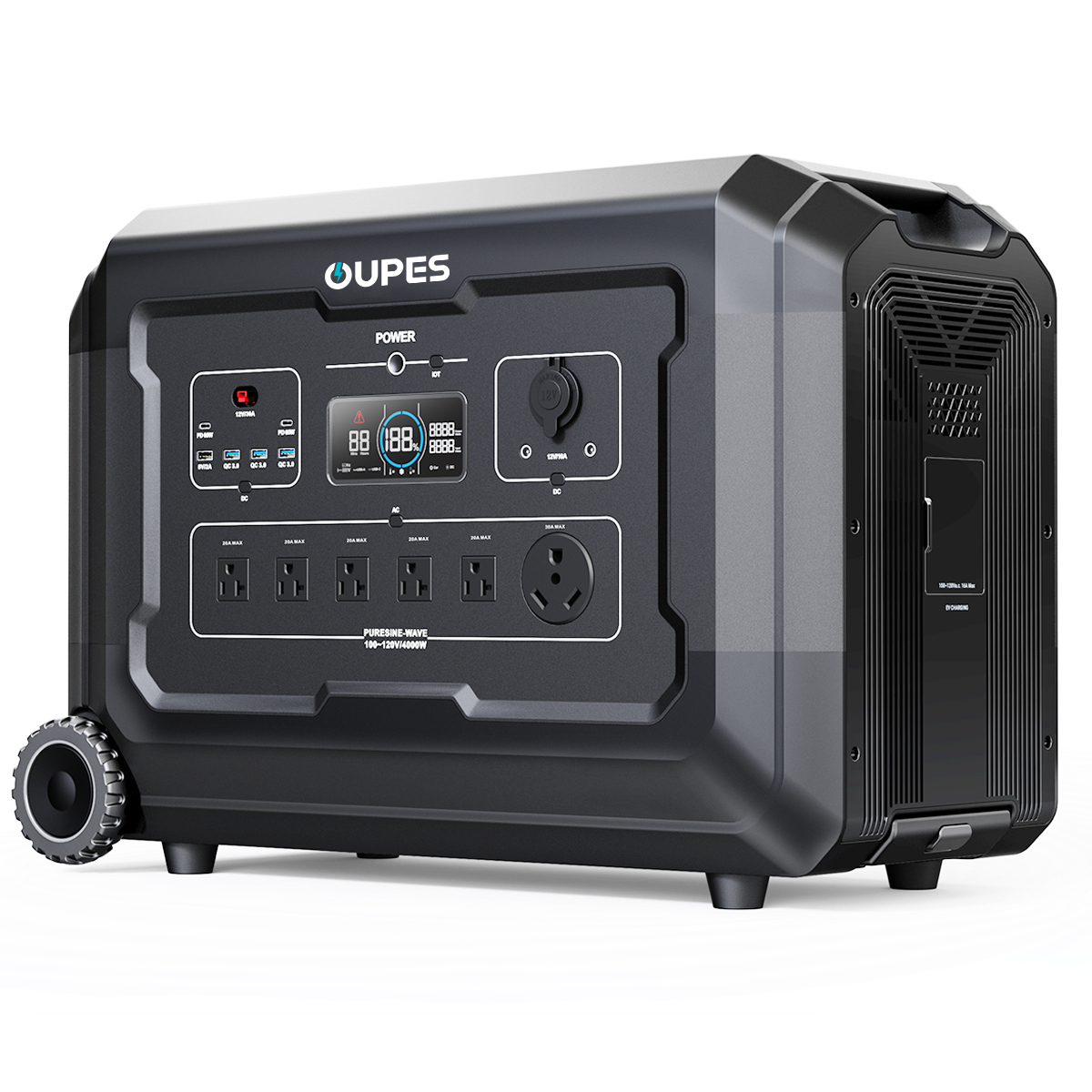
As renewable energy solutions continue to gain momentum, many homeowners, outdoor enthusiasts, and emergency preparedness planners are exploring the potential of combining solar panels with generators. The question arises: Can you connect solar panels to a generator? The answer is a resounding yes, but it requires careful consideration of compatibility, system configuration, and safety precautions. In this article, we delve into the mechanics of connecting solar panels to a generator, the benefits of such a setup, and the key factors to ensure efficiency and longevity.
Understanding the Compatibility Between Solar Panels and Generators
Before connecting solar panels to a generator, it is crucial to understand the compatibility between these two power sources. Not all generators are designed to accept direct solar input. Traditional fuel-based generators rely on combustion engines, while solar panels generate DC electricity that must be converted to AC for most applications. Therefore, the first step is to determine whether the generator in question is a solar-compatible generator or if additional equipment, such as an inverter or charge controller, is required.
Modern portable solar generators, such as those offered by OUPES, are engineered to work seamlessly with solar panels. These units integrate built-in MPPT charge controllers, optimizing solar energy absorption and conversion. If you own a conventional gas or diesel generator, integrating solar panels will necessitate a battery bank and an inverter to bridge the energy conversion gap.
Essential Components for Connecting Solar Panels to a Generator
Successfully integrating solar panels with a generator requires several key components to ensure efficient energy flow and storage. These include:
- Solar Panels: The primary source of renewable energy, responsible for capturing sunlight and converting it into electrical energy.
- Charge Controller: Regulates voltage and current from the solar panels to prevent overcharging and damage to connected batteries.
- Battery Bank: Stores excess solar energy, allowing power availability even when sunlight is unavailable.
- Inverter: Converts DC electricity from solar panels or batteries into AC electricity, making it usable for household appliances.
- Generator: A backup power source, ensuring consistent electricity supply during extended cloudy days or high-energy demands.
OUPES portable power stations integrate several of these components, simplifying the connection process while maximizing efficiency.
Step-by-Step Guide to Connecting Solar Panels to a Generator
To properly connect solar panels to a generator, follow these steps:
- Select Compatible Solar Panels: Ensure your panels match the generator’s voltage and wattage specifications.
- Use a Charge Controller: If your generator does not include an integrated charge controller, connect one between the panels and the battery bank to regulate voltage.
- Connect the Battery Bank: Store generated solar energy in batteries to provide a steady power source.
- Utilize an Inverter: If using a traditional generator, an inverter is necessary to convert DC energy from the batteries into AC power.
- Monitor Power Flow: Ensure proper energy distribution and prevent overloading by using an energy management system.
For those utilizing an OUPES solar generator, this process is streamlined, as these units are specifically designed to integrate with solar power, eliminating the need for complex configurations.
Benefits of Using Solar Panels with a Generator
Connecting solar panels to a generator offers numerous advantages, including:
- Energy Independence: Reduce reliance on fossil fuels and utility grids by harnessing the sun’s power.
- Eco-Friendly Power: Solar energy is a clean and renewable source, significantly lowering carbon emissions.
- Cost Savings: While the initial setup requires investment, long-term savings on fuel and electricity bills make solar integration a financially smart decision.
- Emergency Preparedness: Having both solar panels and a generator ensures continuous power availability, even in outages or remote locations.
OUPES solar generators amplify these benefits by offering high-capacity energy storage, rapid solar charging capabilities, and durable designs for both indoor and outdoor applications.
Conclusion
Connecting solar panels to a generator is a viable and beneficial strategy for those seeking reliable, eco-friendly, and cost-effective power solutions. While traditional fuel-based generators require additional components to integrate with solar panels, modern solar generators like those from OUPES offer seamless compatibility and efficiency. By understanding the necessary components and following proper installation guidelines, you can enjoy the best of both worlds—solar sustainability and generator reliability.
As renewable energy technology advances, the fusion of solar power with backup generators is becoming an increasingly attractive option for homeowners, campers, and businesses alike. Whether for everyday use or emergency preparedness, investing in a high-quality solar-compatible generator ensures that your energy needs are met with maximum efficiency and sustainability.


